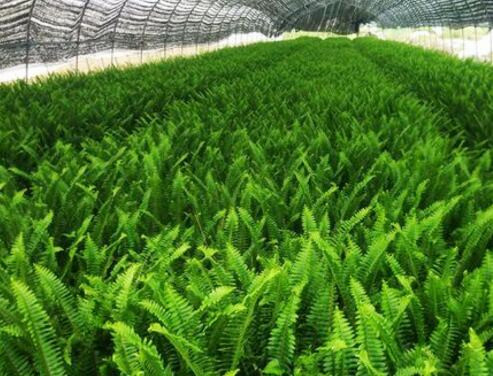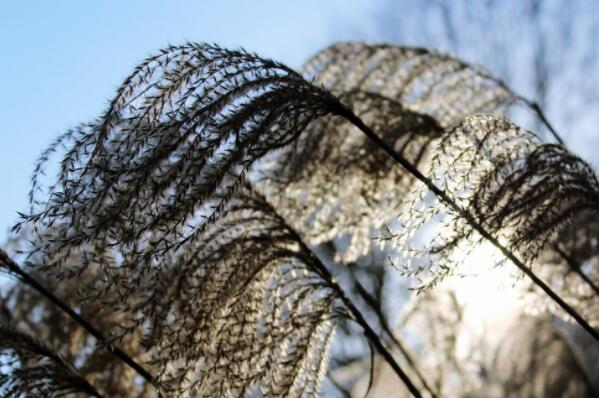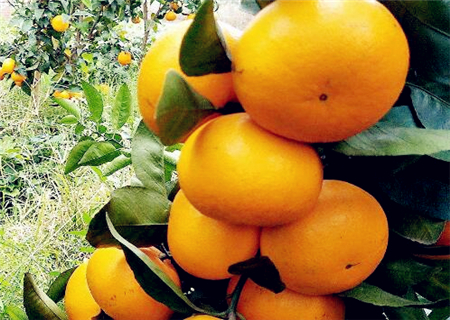How much is a kidney fern? How do you raise it? What are the effects and effects?
Kidney fern is also known as round fern, grate grass, Phoenix egg, centipede grass, stone yellow bark and so on. Native to tropical and subtropical regions, there are wild mountain forests in South China. It has high ornamental and medicinal value. So, how much is a kidney fern? How do you raise it? What are the effects and effects? It is understood that the price of kidney fern varies according to different specifications, for example, the price of 0.2-0.4 is 3.8 yuan per plant. While others cost about 8 yuan per plant, it depends on which one you need.

How to raise kidney fern?
1. Soil
The cultivated soil was mixed with 4 parts of loam, 4 parts of rotten leaf soil and 2 parts of sand. In hanging basket cultivation, rotten leaf soil and vermiculite can be used to cultivate soil in the same amount. The root system of Dryopteris is shallowly distributed and has a certain degree of gas, so the cultivated soil needs to be loose, fertile and well drained. Basin soil is generally mixed with rotten leaf soil or peat soil plus a small amount of garden soil, and fine sand and vermiculite can also be added to increase water permeability. When used as a hanging basket, rotten leaf soil and vermiculite can be used to cultivate the same amount of soil, which is lighter in weight and suitable for hanging. When potted at home, in order to keep the soil moist, some water moss and peat moss can be mixed into the culture soil, which is very beneficial to the growth of kidney fern.
two。 Temperature
Kidney fern is not resistant to severe cold, so it should be kept warm in winter, keeping the temperature above 5 ℃, it will not suffer frost damage; when the temperature is above 8 ℃, it can grow slowly, but it should not be placed near the heat source, otherwise it will often cause excessive growth and affect the whole plant type due to high temperature. When cultivated in winter, special attention should be paid to prevent frost and cold wind at night. Kidney fern is also afraid of extreme heat, high summer temperature, intense transpiration, must do a good job of heat prevention and cooling, pay attention to maintain good ventilation, and constantly spray water to the plant, which can also make the leaf color more tender green. In summer, under the condition of fully watering and spraying water, the kidney fern can grow normally at the temperature of 30 ℃-35 ℃. The temperature is suitable in spring and autumn, which is the exuberant period of kidney fern growth. We should pay attention to good ventilation and often turn the basin to prevent the growth from deviating to one side.
3. Light
Kidney fern is more shade-tolerant, as long as it can be exposed to scattered light, it can be placed in indoor furnishings for a long time, almost without special light. In cultivation, when the light is too strong, it will often cause the leaves of kidney fern to dry up, wither and fall off. Family cultivation, especially to avoid long-term indoor kidney fern suddenly exposed to strong light, in this case, even a very short time, will lead to leaf dehydration, wilting, leaf edge scorched, leaf withered and yellow, seriously affecting its ornamental value. Although kidney fern is a more shade-tolerant plant, it can also lead to weak growth, lighter leaf color, leaf shedding, and change its original posture due to leaf elongation, resulting in irregular growth and poor ornamental. Therefore, when furnishing indoors, in order to keep the plant with good ornamental effect for a long time, we should pay attention to make it see light regularly. Spring and autumn can illuminate slightly in the morning and evening, ensuring 4 hours of light every day. Kidney fern can be placed in front of the window where sunlight can be seen in winter, and kidney fern can always be placed indoors where scattered light can be seen.
4. Fertilizer application
As a pteridophyte, kidney fern does not blossom, does not bear fruit, does not consume much nutrients, and requires little fertilizer, but regular fertilization should also be paid attention to in cultivation. The fertilizer of kidney fern is mainly nitrogen fertilizer. In the peak growth period of spring and autumn, thin cake fertilizer and water, or organic liquid fertilizer or inorganic compound liquid fertilizer dominated by nitrogen are applied every half month to one month, and the fertilizer must be thin and not too thick, otherwise it is very easy to cause fertilizer damage. Proper fertilization can keep the leaf color green for a long time, and make the plant full of vitality and exuberant vitality. The leaf color of kidney fern is lighter than that of other foliage plants, which is a normal manifestation of itself, not a lack of nutrition. in cultivation, some people always think that it is due to lack of nutrients and apply fertilizer blindly, resulting in a certain improvement in leaf color. however, it should be noted that the plant growth is weak and the leaves are too long, which affects the overall posture.
What are the effects and effects of kidney fern?
1. Economics
This species is an ornamental fern widely cultivated all over the world. Tubers are rich in starch, edible and can also be used as medicine.
two。 Garden
Ornamental value of kidney fern potted plants can decorate desks, coffee tables, windowsills and balconies. The hanging basin can also be hung in the guest room and study. In the garden can be used as a negative ground cover or arranged in the corner of the wall, rockery and pool edge. Its leaves can be used as a lining material for cut flowers and vases. In Europe and the United States, kidney fern is processed into dry leaves and dyed to become a new type of interior decoration material. If Dendrobium as the main material, with kidney fern, brown bamboo, Penglai, concise and lively, full of the flavor of the times. Such as using African chrysanthemum as the main flower, wall insertion, with kidney fern, brown bamboo, has a strong visual decoration effect.
3. Ecology
Kidney fern can absorb heavy metals such as arsenic and lead, and is known as "soil cleaner". The ability of Pteris vittata to absorb arsenic in soil is 200000 times higher than that of ordinary plants, and it can be harvested for many years at a time, and can be harvested three times a year. After absorbing a large amount of heavy metals, it is burned on the spot, and the whole treatment process is strictly controlled. Not only the volatilization of arsenic in the incineration process of Pteris vittata is effectively controlled, but also the diffusion of heavy metals in contaminated soil is reduced and heavy metals are blocked from entering the food chain to avoid secondary pollution.
4. Medicinal use
Kidney fern is a traditional Chinese medicine, which can be harvested all the year round with whole grass and tuber. It is mainly used for clearing heat and promoting dampness, calming the lung and relieving cough, softening and relieving accumulation. It is often used for cold, fever, cough, tuberculosis, hemoptysis, dysentery, acute enteritis and so on.
Indications: treatment of jaundice, turbid, astringent pain in urination, dysentery, hernia, mastitis, scald, knife wound.
The classics of sex and taste: bitter and bitter, flat.
Time: 2019-03-19 Click:
- Prev

How much is the price of many years of aquatic Reed seeds per jin? What are the economic benefits and prospects of planting? Planting technology
Reed, also known as Reed, tall aquatic or wet grasses for many years, Reed leaves, Reed flowers, Reed stems, Reed roots, asparagus can be used as medicine. So how much is the price of Reed seeds per jin? What are the economic benefits and prospects of planting? What are the planting techniques? Learned from Changsha seed Company
- Next

Where can I grow mandarin? How many years does it blossom? How many kilograms per mu? Attached high-yield cultivation techniques
The fertile mandarin mainly takes the early autumn shoot as the fruiting mother branch, and the fruiting shoot is mostly leafy flower branch, and the fruit setting rate is higher in the middle and lower part of the crown. So where can I grow oranges? How many years does it blossom? How many kilograms per mu? Now tidy up the high-yield cultivation techniques for you. Where can mandarin be planted? there is a history of planting in the north and south.
Related
- Fuxing push coffee new agricultural production and marketing class: lack of small-scale processing plants
- Jujube rice field leisure farm deep ploughing Yilan for five years to create a space for organic food and play
- Nongyu Farm-A trial of organic papaya for brave women with advanced technology
- Four points for attention in the prevention and control of diseases and insect pests of edible fungi
- How to add nutrient solution to Edible Fungi
- Is there any good way to control edible fungus mites?
- Open Inoculation Technology of Edible Fungi
- Is there any clever way to use fertilizer for edible fungus in winter?
- What agents are used to kill the pathogens of edible fungi in the mushroom shed?
- Rapid drying of Edible Fungi

